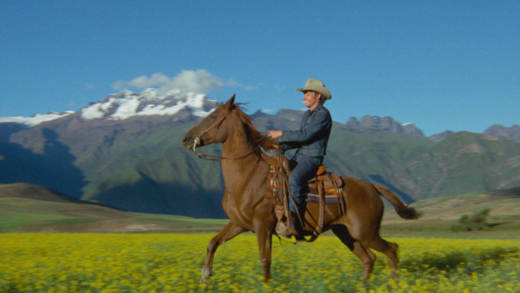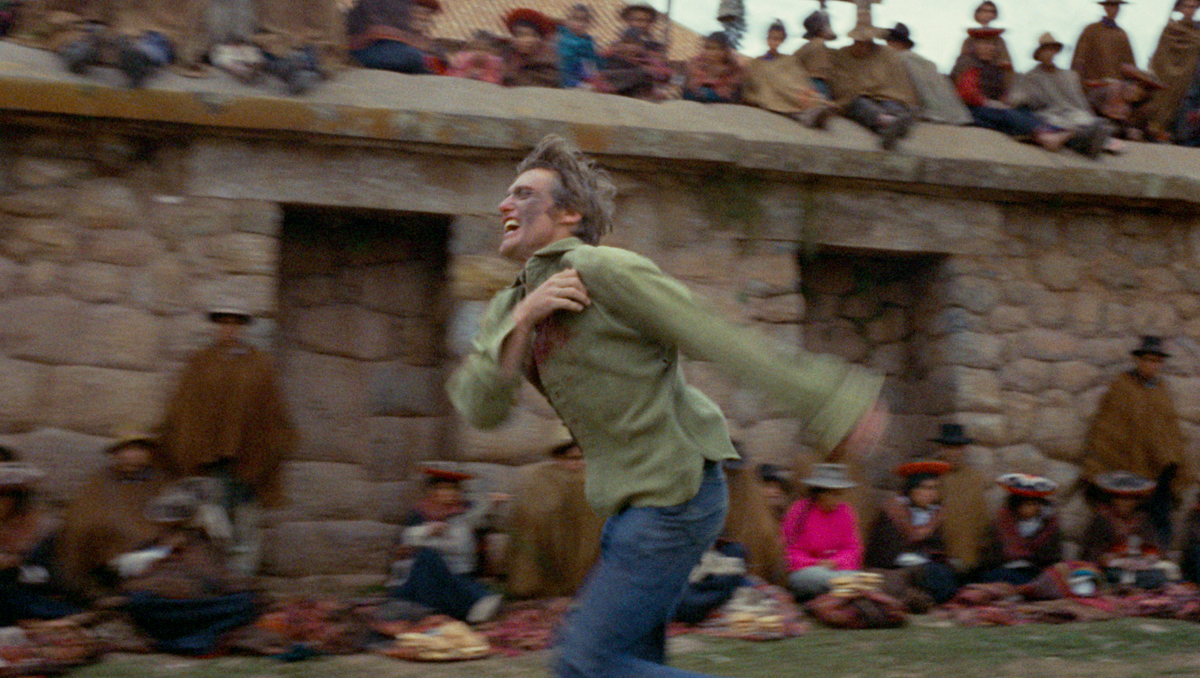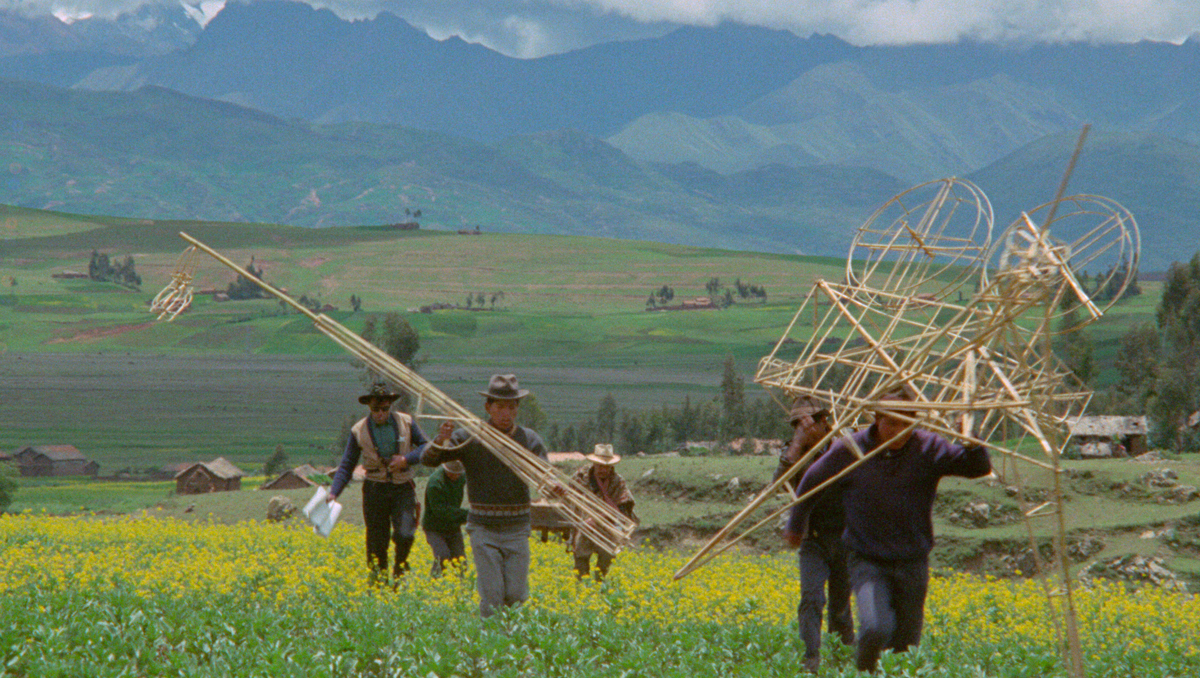The French call them film maudit—those scabrous, maligned, or otherwise compromised movies that may as well have been cursed.
Dennis Hopper’s The Last Movie (1971) is the rare illustration that seems to have actively, and aggressively, sought out this dubious honor. Leveraging the success of Easy Rider (1969), which recouped its production costs many times over, Hopper brought a full retinue of Hollywood hands and LA hipsters to Peru to improvise his backstage Western. (Though in the finished film the likes of Kris Kristofferson and Michelle Phillips receive barely more screen-time than scores of village extras.)
In a fragmentary production report filed for the Evergreen Review, L.M. Kit Carson observed: “This has been the riskiest movie I’ve been around: actors lost for three days in the mountains, horses falling on people, a stuntman mutiny, schizophrenic love/hate treatment of the movie company by the military government and the Peru communists, rain stopping the filming almost every day—Hopper uses this insecurity.”
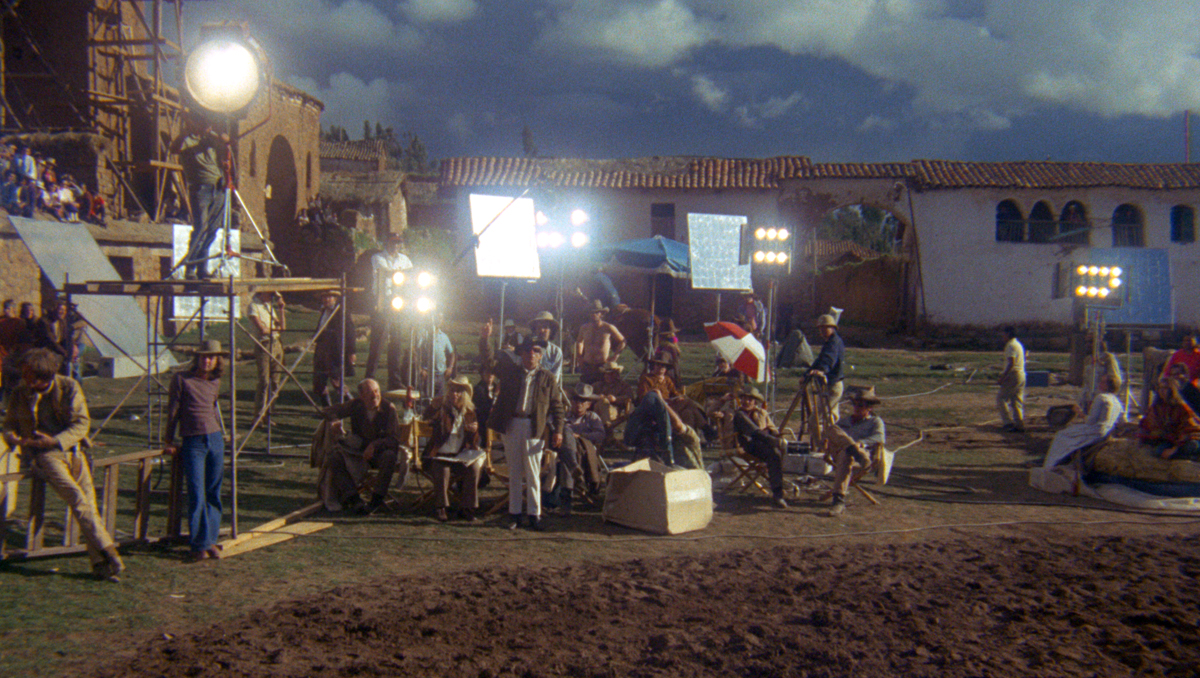
To what ends has long been hard to say, with The Last Movie all but buried after its initial release. A long-overdue, and presumably long-in-the-making, restoration by Arbelos Films should cement its status as one of ’70s cinema’s true wild cards, a work of compacted beauty and corrosive angst. Those expecting a mess, something like the Easy Rider acid trip at feature length, may be surprised by the fierce lucidity with which Hopper deconstructs his own movie. So much so that the notoriety of the film’s production, while credible enough, begins to seem a smokescreen for an altogether more audacious proposition: using a major Hollywood production as a site of critique.
While Hopper’s jagged cutting between scenes certainly extends to the audience the insecurity described by Carson, there is nevertheless a fairly legible plot to be gleaned from the wreckage. We open on a shootout reminiscent of The Wild Bunch (1969), only this version—quickly revealed as a movie-within-the-movie—is helmed by Sam Fuller rather than Peckinpah (Fuller reprises the cigar-chomping persona previously essayed in Jean Luc-Godard’s 1965 Pierrot le Fou, one of several points of contact with Godard in Hopper’s movie, most in screaming shades of red).
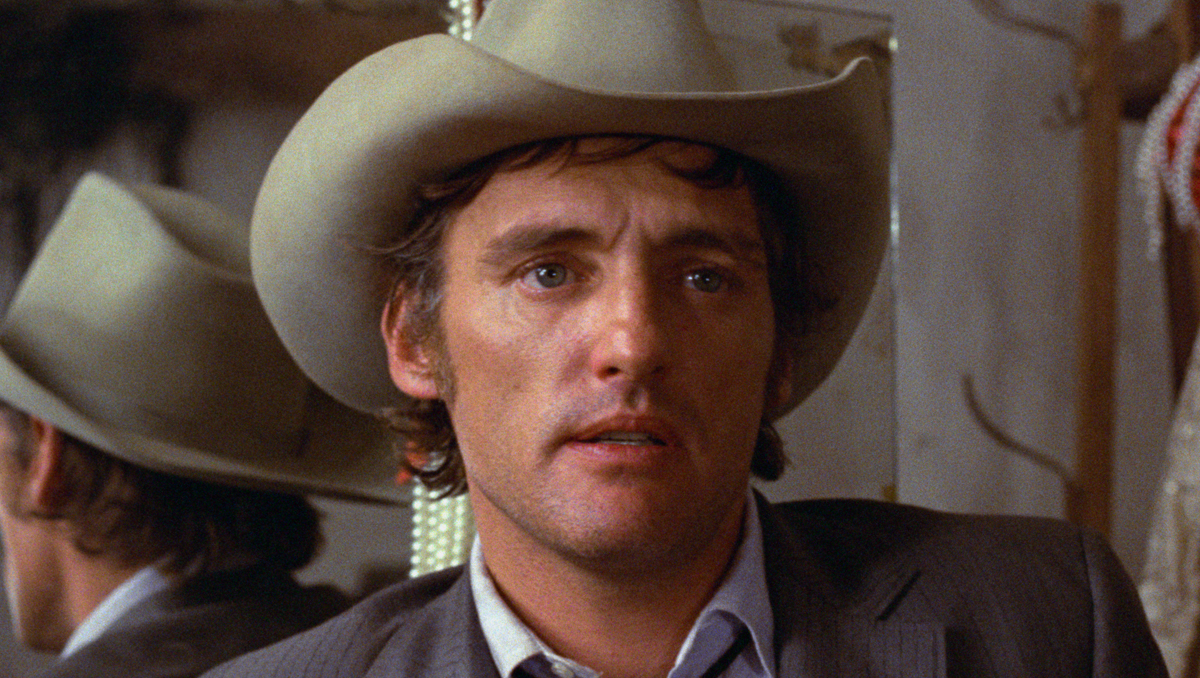
Hopper plays Kansas, a stuntman introduced spoiling a shot on Fuller’s set. Kansas stays behind after the picture wraps, romancing a local woman and stretching his paycheck. Clutching his lover in a resplendent waterfall scene—László Kovács’ cinematography is never less than gorgeous, even if Hopper’s montage short-circuits its reception—Kansas idly fantasizes about a simple life. That is, until he spots a mountaintop that could serve as a landing strip and switches to scheming about building a luxury hotel. (Apropos Jack Nicholson’s lawyer in Easy Rider, “It’s real hard to be free when you’re bought and sold in the marketplace.”)
